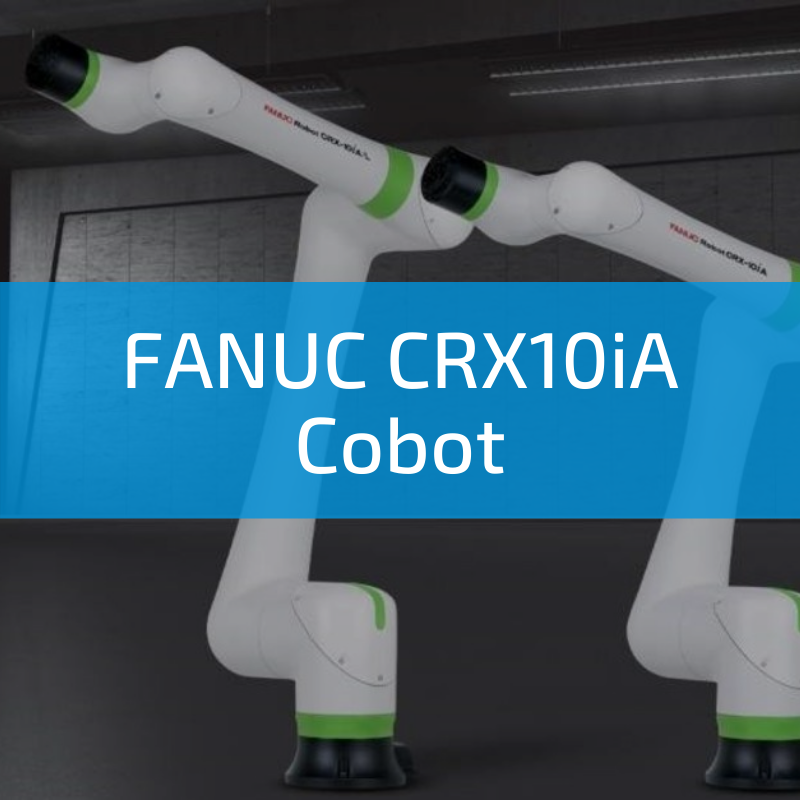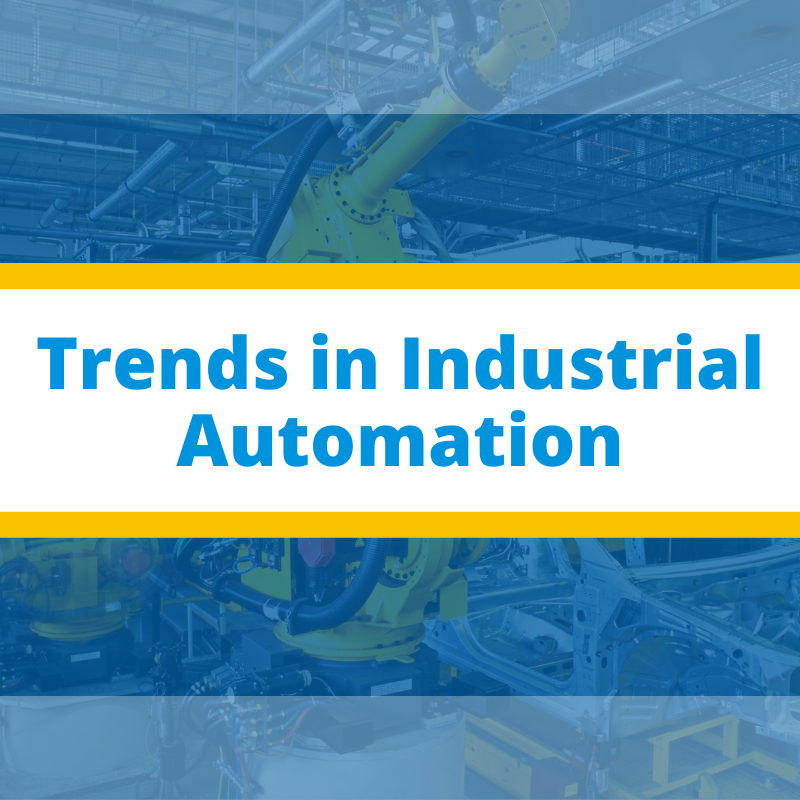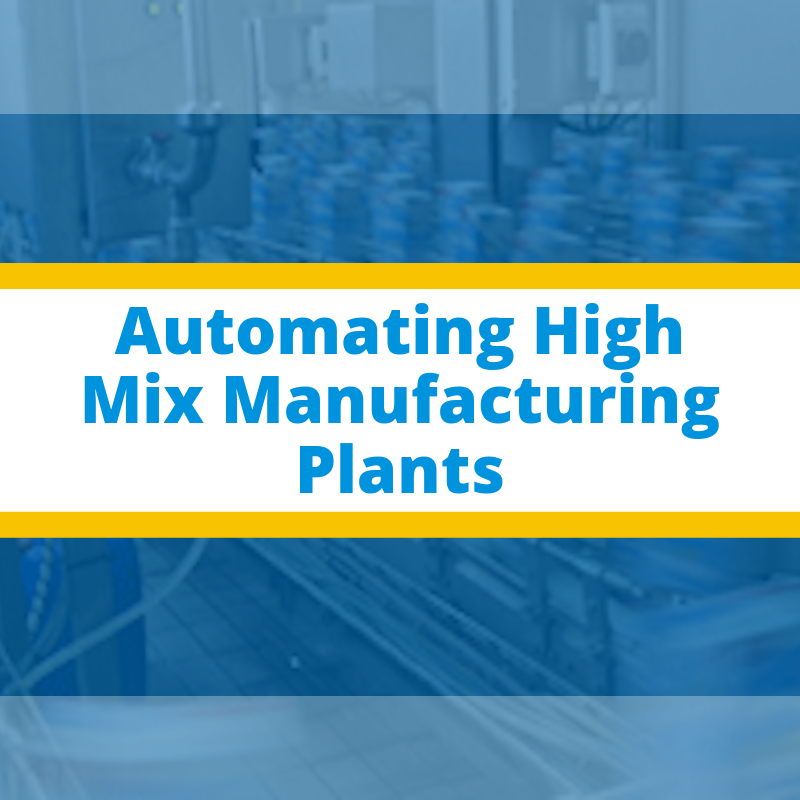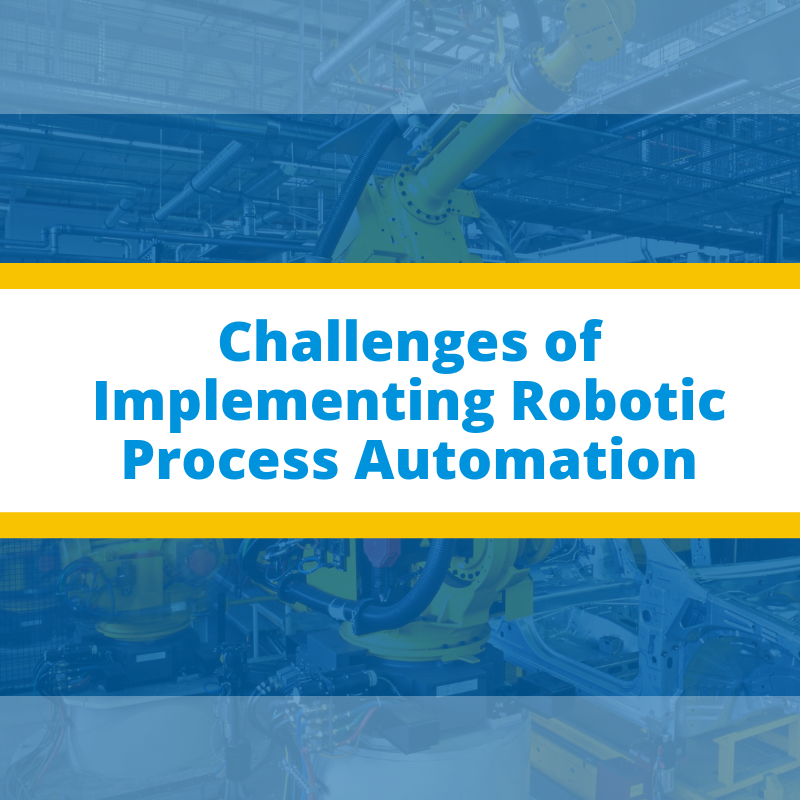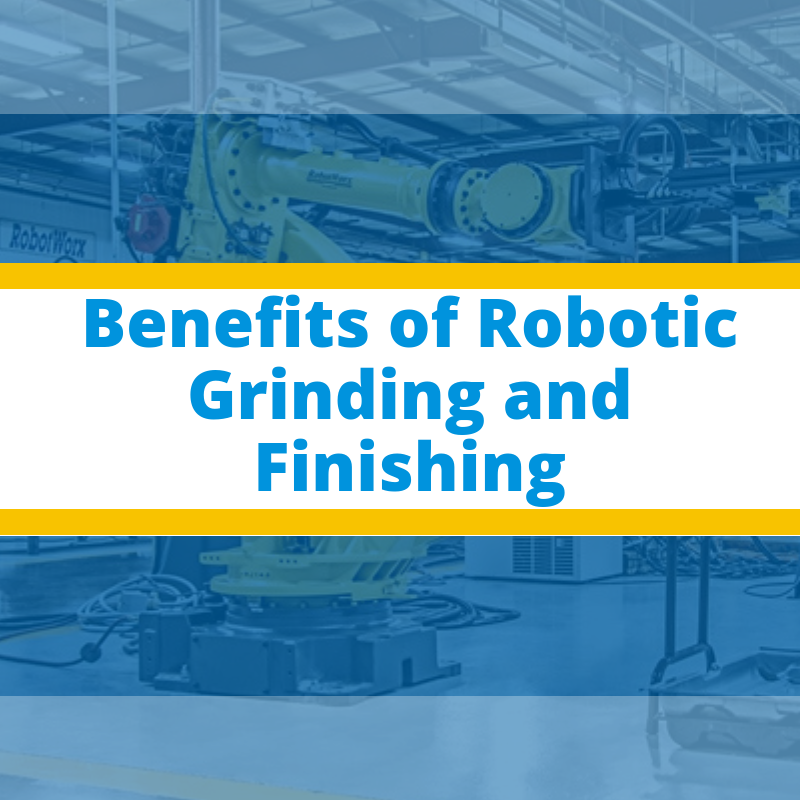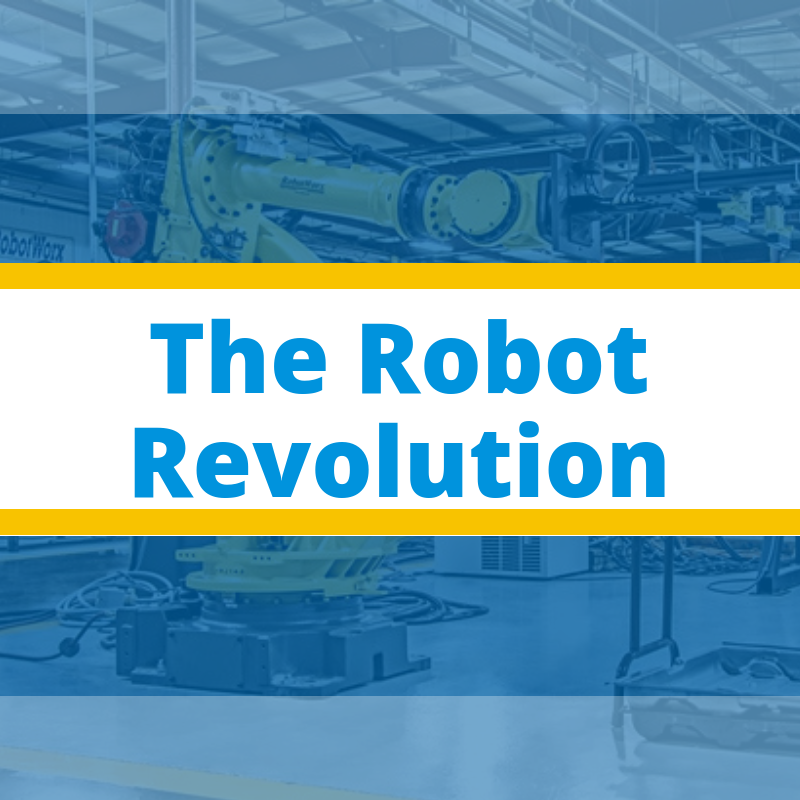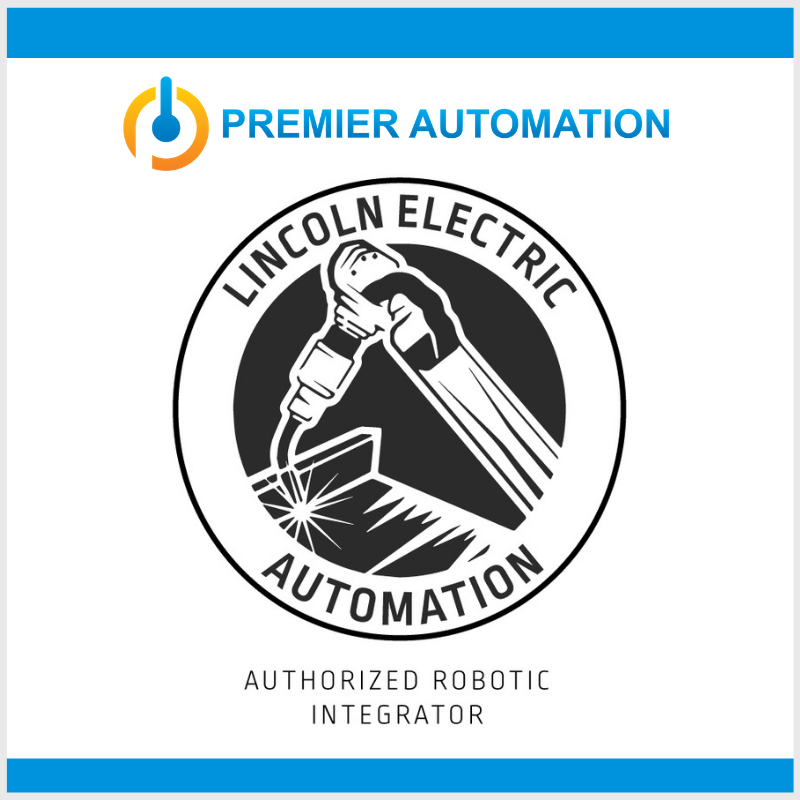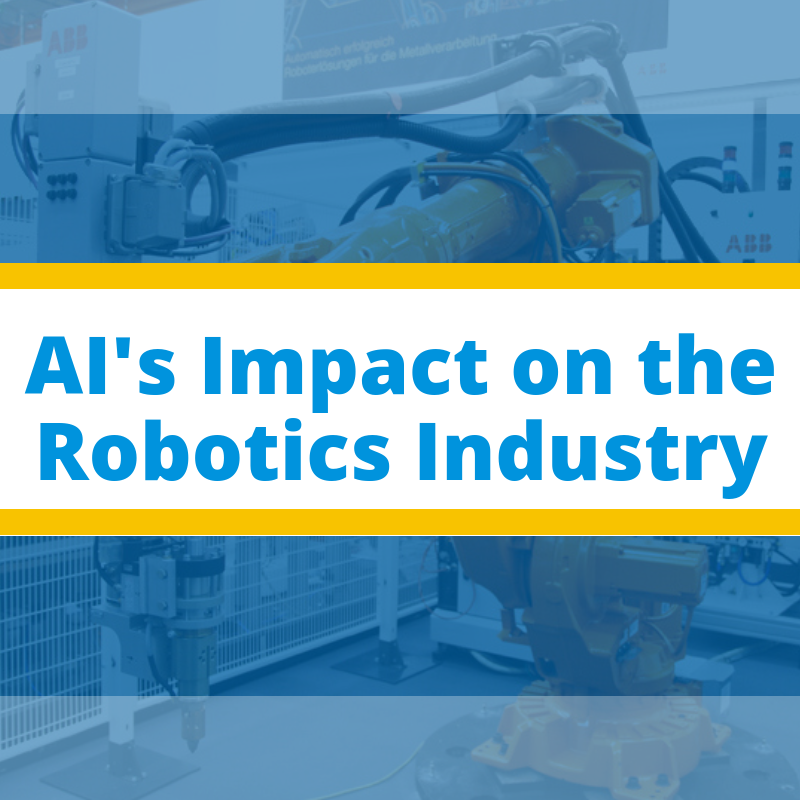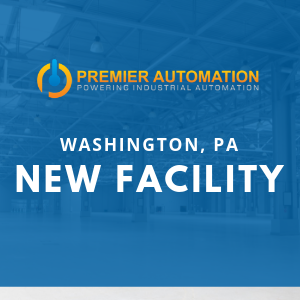Adoption of robotic automation in both manufacturing and e-commerce has been on a steady rise over the past ten years, as robots can typically do many things more efficiently, more reliably, and consistently while saving operators from difficult, dangerous and demanding tasks. But there are many operations that still need the human element for directing the automation, loading materials and adapting to the ever-changing production environment. So it made sense for automation companies to come up with a way for humans and robots to work together.
FANUC CRX10iA Cobot
The world we live in is ever-changing and fast-paced through the advancements of technology. With tremendous strides and continuous progress that occurs monthly, industrial automation puts technology to full use. Automation can entail many things, from a simple start-stop conveyor system to a full production line with safety systems, data collection, and more. Swift progress in automation and technology has led us to IoT 4.0, also known as the industrial internet of things 4.0.
The manufacturing process for a single product can be modified much easier in order to improve its efficiency and productivity, compared to a plant floor where several different products are being produced. Higher Return on Investment is the prime motivation for automation, and improving the parameter becomes more complex as the production capacity increases in difficulty.
Robots aren’t plug & play devices, especially not in an industrial setting. They require considerable prep-work, ranging from the initial design stage, to implementation, to regressive testing & troubleshooting. Things can get even more complicated when you are trying to achieve a great degree of automation through robots that work in conjunction, not just from the technical point of view, but from the financial side as well.
Robotic material removal processes are capable of instilling considerable economical and operational benefits within plant floors. Compared to manual processes, robotic grinding is more robust, streamlined and manageable.
The Robot Revolution
Robots are no longer giant, mechanic beasts that are reserved for heavy-lifting and seemingly repetitive tasks. Now, they are changing, becoming more collaborative, mobile and intelligent. While they are changing due to technological breakthroughs, they are establishing a new place in the industry for themselves.
Premier Automation is Now a Lincoln Electric Authorized Robotic Integrator
There is a considerable amount of confusion and misconception around the term Artificial Intelligence or AI, and its uses. Often thought of as something too difficult to understand, researchers have been working on it for decades now, and are trying their best to mainstream the idea into industrial applications.



